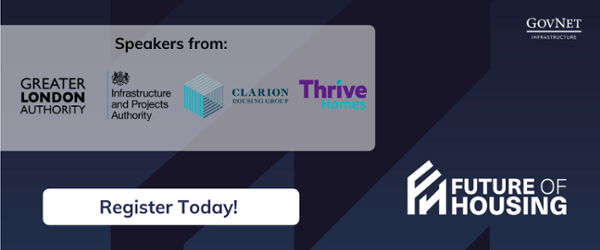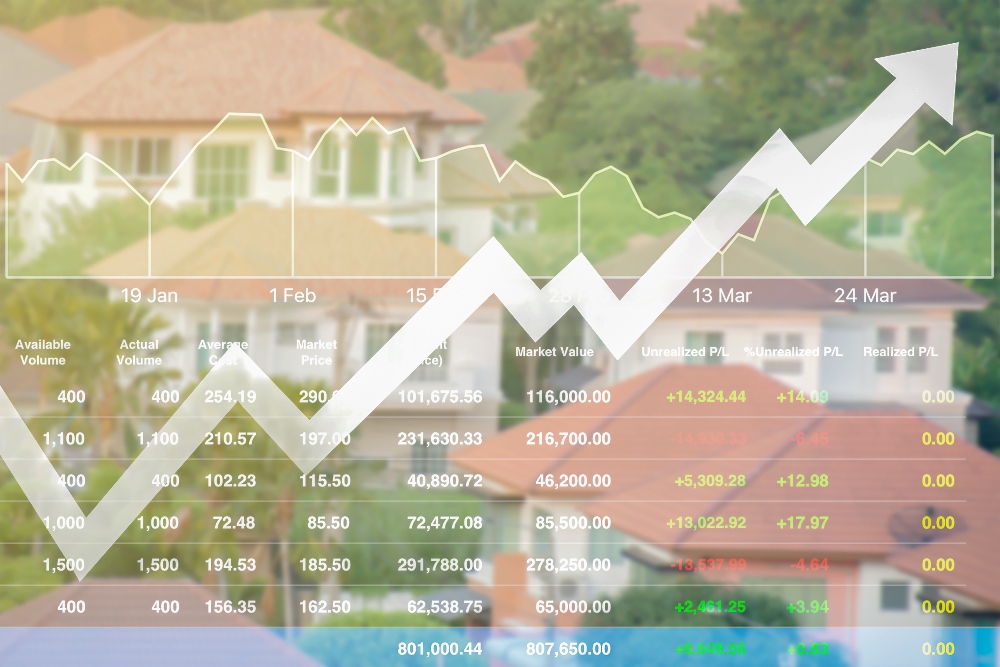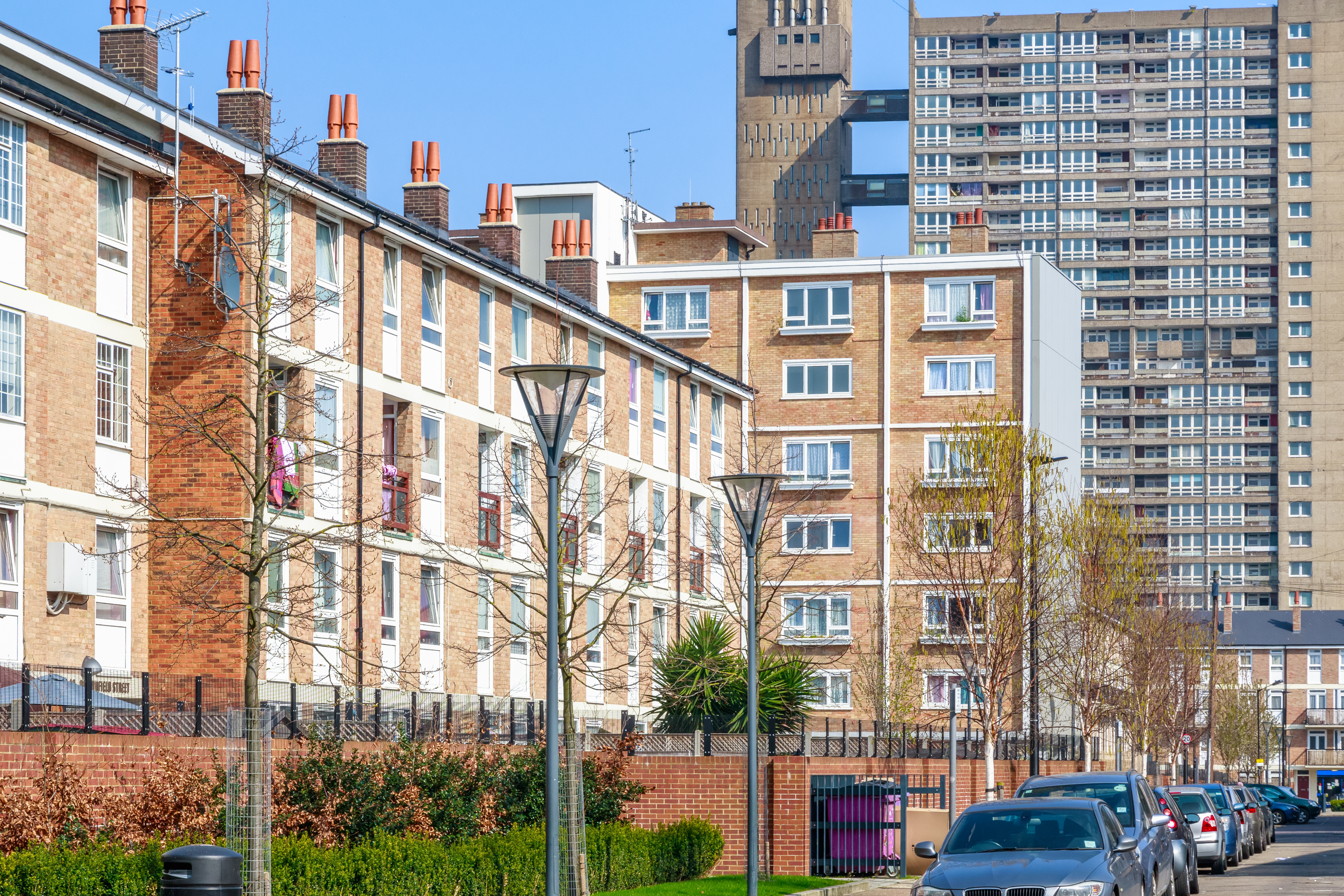How RPA can benefit Housing Associations
Ahead of Future of Housing 2020, we caught up with Andy Wallace, CEO of The Robot Exchange to talk about the role of Robotic Process Automation (RPA) in tenant engagement.
Hey Andy, can you tell me a little bit about your company?
Here at The Robot Exchange we deal with robotic process automation (RPA). Essentially, we code a software robot to completely mimic a human’s actions – these robots are particularly well suited for mundane tasks which can be based on a particular set of rules.
We’ve been around for a couple of years and our clientele includes charities, housing associations and also normal corporate businesses. We set ourselves apart from similar businesses by being creative with our commercials. This means we have lower up-front costs and apply a % of this cost-saving to each task. We also have a much greater capacity to care for your project each month.
And how exactly can RPA by used by housing associations?
A classic application for our tech is to create a robot that can monitor inbound email attachments, open them and identify how to process them. These robots can deal with requests within e-mails and also reply with progress on tasks. Anything which it can’t do is forwarded to a human to manage, but generally, 90% on the inbound manual work is reduced. Essentially, we enable associations to constantly keep in touch with tenants with minimal effort.
Pro-activity is the aim of the game for us – our robots enable automation of outgoing communications as well as reducing the work needed on the incoming bits. This all happens immediately, 24/7, without the need for huge investment in technology as it can work within legacy applications.
What’s the real benefit here for tenants?
We are living in an age where people are ‘on’ constantly. They expect replies immediately and luckily, this is our speciality. It gives tenants real peace of mind when they can have their queries answered any time of day.
Additionally, the robots can be used to predict responses before they are even needed. One of my favourite examples of this was a recent project with a not-for-profit; we analysed data around rent payments and those tenants who struggle to make rent each month. From this, we put a robot in place who could understand and predict these tenants’ financial struggles, which allowed the organisation to deal with the issue before their payments defaulted, reducing stress on both sides. These tenants were communicated with consistently and also given options to reduce the impact of a looming rent date which seemed impossible.
So really, it’s all about being proactive?
Yes, I think this is key in terms of reducing the emotional impact for tenants who are trying to contact and get a response from a housing association, but also, housing associations being able to reduce the number of inbound communications to a more manageable level means their staff can start to work on really benefitting their tenants’ lives rather than jumping from one issue to another.
All of our current clients are using our technology to focus on better management of their tenants as well as looking at delivering more quality to their tenants. We predict that each of our automations gain a return on investment within the first year (which is amazing for an IT project).
What are your predictions for the future of tenant engagement? What technologies are we yet to see?
I think there are two main technologies which will revolutionise tenant engagement.
Firstly, artificial intelligence and machine learning, which will again increase pro-activity and productivity. For example, one of our clients is a major supplier of gas appliances; we can use our robots to interpret performance and predict repairs on boilers before they need to take place. This allows us to create a predictive maintenance plan, where replacing key parts of boilers over a year clearly reduces costs compared to being reactive and paying for emergency repairs when they are needed. Clearly, this will reduce the amount of time tenants spend worrying and save time spent on unnecessary call outs.
Secondly, the Internet of Things is the natural next step for housing associations. This will allow them to accurately monitor everything which is going on with their properties and the tenants within them. Not only could heating equipment be tracked and maintained easily, but also, we can identify potential energy poverty conditions which will further enhance the lives of tenants.
Learn more about The Robot Exchange and their work here.
Join us on 26th April at our Future of Housing Conference at etc. venues St Paul's in London. Future of Housing unites leadership teams, policymakers and influential figures from across UK housing to define strategy and take action on delivering the ‘levelling up’ agenda.




